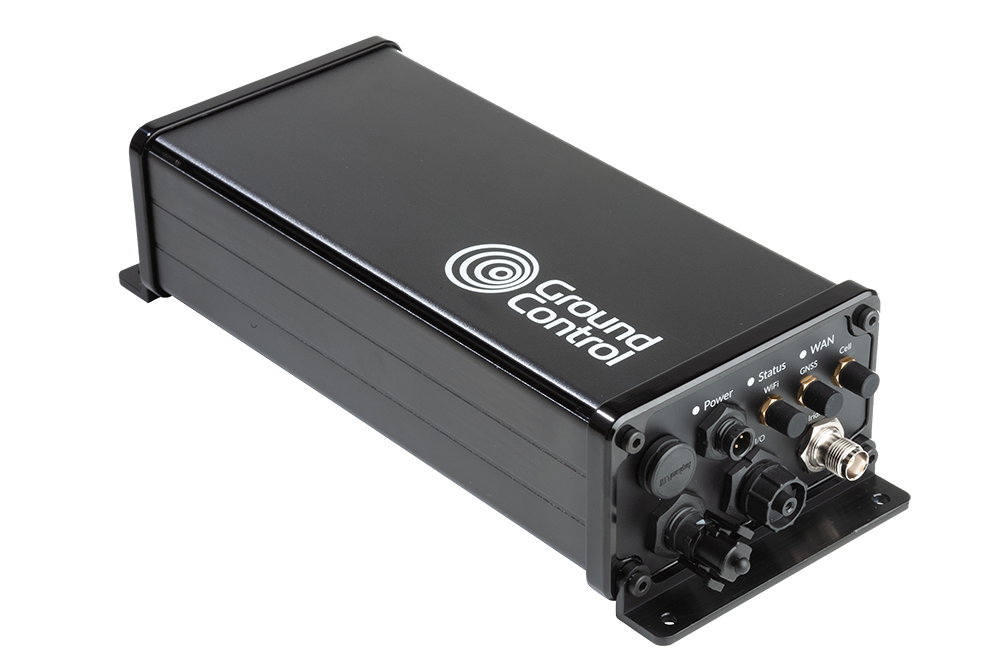A surprisingly small amount of the Earth’s total surface is covered by terrestrial networks; it’s reckoned to be between 15-20%. Of course connectivity is centred around people, so populated land masses have the lion’s share of mobile phone masts. If your IoT application is located within or close to a populated area, you’ll have several choices to connect your devices: cellular, LPWAN, WiFi, BLE etc.
However if your application is in a remote area, or travels in and out of remote areas, terrestrial networks may be unavailable or unreliable. This often affects oil and gas pipelines; farms; mining operations; almost anything that’s at sea; offshore wind farms; reservoirs; solar plants; forestry – the list goes on.
Satellite IoT connectivity, once the last resort due to cost, has come of age. With a large number of new entrants to the market, incumbents have diversified their offerings, and prices have come right down. One example of this is the new Iridium Certus 100 service, designed for IoT. The RockREMOTE Rugged satellite IoT device leverages this service, which we’ve made available with both its IP-based connectivity option, and Iridium Messaging Transport (IMT), a message-based service allowing for relatively large (for IoT!) amounts of data to be transmitted using the MQTT protocol.
Our infographic draws out some of the key benefits of the new RockREMOTE Rugged; if you’d like to know more, just contact us and we’ll be happy to help.

Find out more
With over 20 years' experience, we'll provide you with impartial, expert advice. Call or email us, or complete the form; we're standing by to help.

